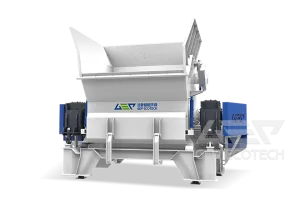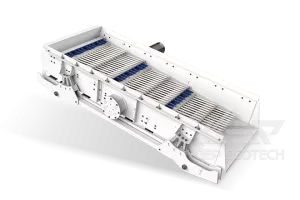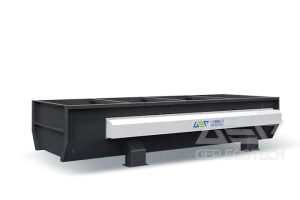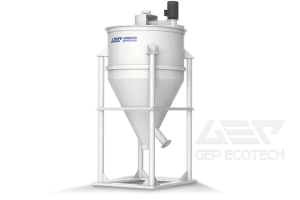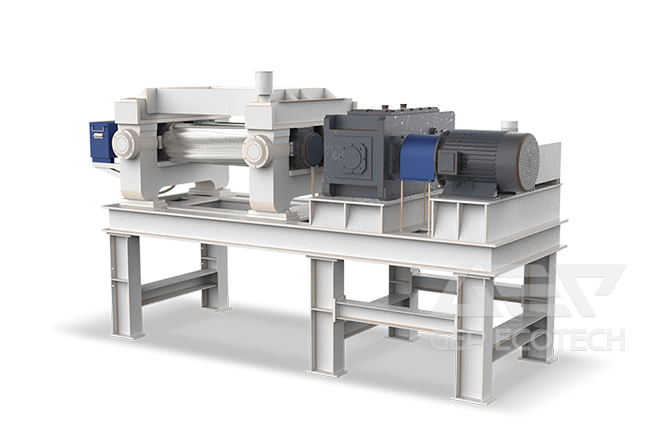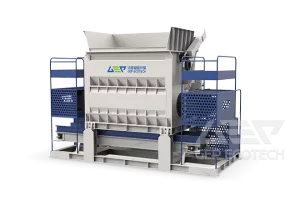The city is developing, the population is increasing, and the ensuing is the increasing number of garbage. In order to keep up with the trend of sustainable urban development, waste incineration power generation will gradually replace landfill, which will become the mainstream way of garbage disposal in the future. The “13th Five-Year Plan for the Construction of Harmless Treatment Facilities for Urban Domestic Wastes” proposes that by 2020, the national waste incineration capacity will reach 594,400 tons/day, accounting for 54% of the harmless treatment capacity.
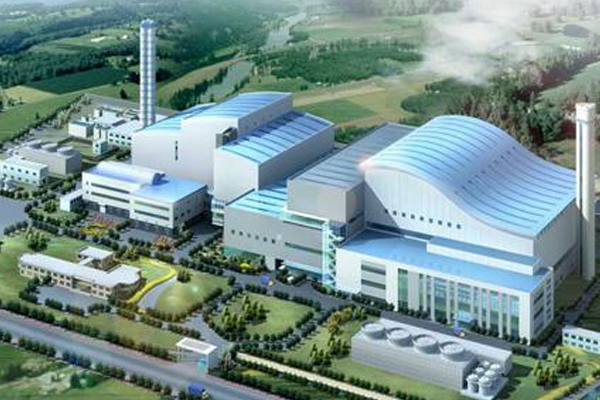
Nowadays, the municipal solid waste incineration power generation project is the “standard” of each city. As a treatment terminal for all domestic garbage in the city, it can not solve new environmental problems while solving new environmental problems, or minimize the two. Secondary pollution, and this depends to a large extent on the proportion of energy-saving environmental protection facilities in central enterprises. The waste incineration power generation project has the unique advantages of small pollution, small land occupation, reduction and recycling, and has been widely used by developed countries such as Europe, America and Japan, and has gradually become the mainstream mode of garbage disposal in most cities in China.
Waste incineration power generation pre-disposal, cracking the "garbage siege"
Garbage pre-processing is a front-end technology for waste disposal. It is an indispensable procedure for the reuse of resources and the subsequent processing chain of waste disposal.
All kinds of inorganic substances in domestic garbage and organic substances with high water content, such as sand and stone, metal, glass, kitchen waste, etc., will seriously reduce the heat value and reduce the efficiency of incineration, resulting in excessive emission of flue gas.
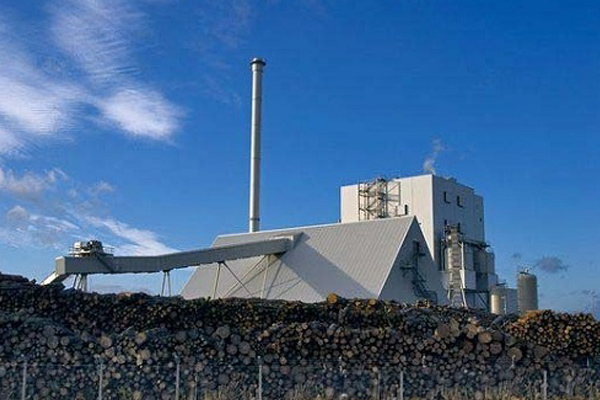
The Jiepu Domestic Waste Pretreatment System breaks up large pieces of garbage in advance by a coarse crusher, then performs magnetic separation and iron removal treatment, and finally sends it to the boiler for incineration and power generation by a plate chain conveyor and a material feeder. The whole system is controlled by the GI intelligent control system, and the whole system is commanded through various signals. The system includes the following equipment: plate chain conveyor, twin-shaft shear crusher, butt belt conveyor, iron remover, GI intelligent control cabinet and intelligent dust reduction, etc., to achieve uniform delivery of garbage. After the crushing and sorting pretreatment, the metal is separated. The material after crushing treatment is uniform in size, high in heat value and stable, and improves combustion efficiency, which contributes to the smoothness and control of various combustion parameters.
The four major systems of Jiepu's domestic waste crushing and disposal production line:
1.Crushing system
All kinds of inorganic substances in domestic garbage and organic substances with high water content, such as sand and stone, metal, glass, kitchen waste, etc., will seriously reduce the heat value and reduce the efficiency of incineration, resulting in excessive emission of flue gas. The main purpose of the crushing treatment is to reduce the particle size, increase the uniformity of the shape, contribute to the smoothness and control of various combustion parameters, and facilitate the subsequent processing steps.
2. Sorting system
In the process of waste incineration pretreatment, the metal material is automatically separated from other materials by magnetic sorting. The metal material is automatically discharged into the buffer device through the iron remover, which is beneficial to improve the efficiency of incineration.
3. Dust reduction system
Utilizing modern technology and system modular design, the intelligent dust-reducing system customized according to the customer's actual situation can achieve targeted dust reduction, avoid the invalid work of the dust-reduction system, and effectively save resources.
4. Monitoring system
Through the intelligent monitoring system of Jiepu, the equipment running status and data are monitored in real time, the equipment fault is predicted in advance, the maintenance cost of equipment fault is reduced, and the continuous and efficient operation of the equipment is guaranteed.
In the era of waste compulsory classification, the significance of incineration treatment is prominent
The implementation of garbage sorting. At present, China's urban domestic waste treatment methods are mainly incineration and landfill, and landfill has been the mainstream model in the past. With the maturity of waste incineration power generation technology, the advantages of domestic waste incineration are outstanding.
Compared with the treatment of waste sanitary landfill, the advantages of waste incineration treatment are more: first, the small footprint, the same processing capacity, no more than one-fifth; the second is the processing speed, landfill treatment The decomposition time takes 7 to 30 years, and the incineration process only takes about 2 hours. The third is that the reduction effect is good, the landfill can reduce the amount by 30%, the compost can be reduced by 60%, and the incineration can be reduced by 90%. The pollution emissions are small, and the pollution caused by incineration is only about 2% of landfill. Fifth, the energy utilization rate is high. Each ton of garbage can be burned and generated more than 300 degrees. About 5 households produce domestic garbage, which can meet one generation by incineration. Household daily electricity needs.
As the calorific value of municipal solid waste decreases with the increase of the moisture content in the garbage, the classified collection of domestic garbage is the most effective means to increase the calorific value of domestic garbage. After the economic calorific value is reached, it is expected to occupy more market space.
Municipal solid waste is burned at high temperatures, and the combustible waste is converted into carbon dioxide and water. The waste heat generated is used for power generation, and the generated waste gas and fly ash are harmlessly treated. Incineration of power generation and promotion of waste sorting can increase the level of dry waste heat value, improve the efficiency of waste incineration power generation, and realize the resource utilization, harmlessness and reduction of domestic waste.
Reduction of waste disposal: The volume of domestic waste can be reduced by about 90% after incineration, which not only saves land resources, but also avoids secondary pollution of air and water, and achieves waste reduction.
Harmless treatment of waste: The project uses advanced technology and equipment, and uses a purification device in the operation process to minimize the pollution of the discharged gases and pollutants to the environment and promote the harmlessness of the garbage.
Recycling of waste treatment: The continuous generation of clean energy from power generation can supplement the local energy shortage and have obvious energy-saving benefits and sustainable development.


